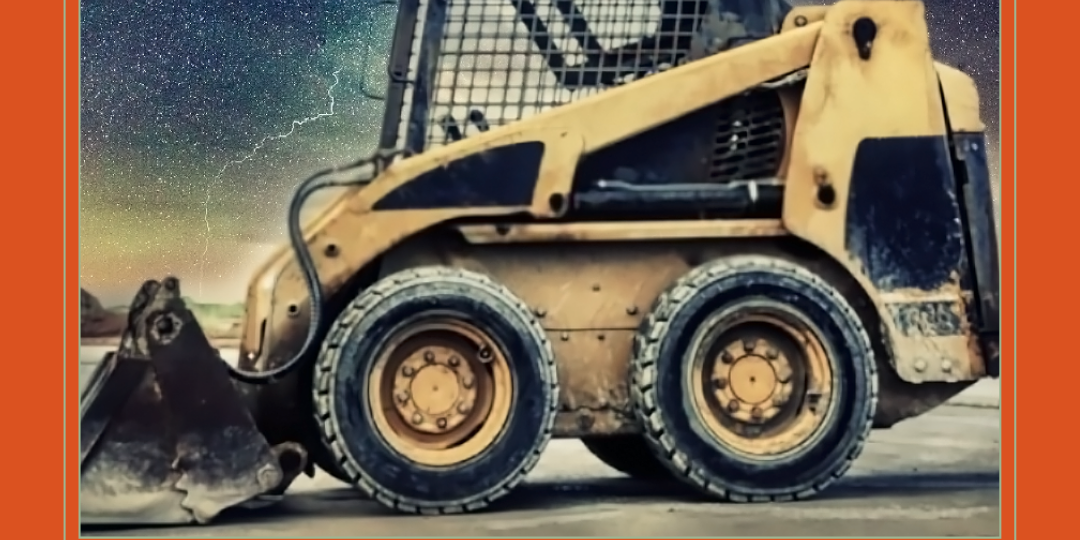Skid steers endure rigorous tasks, making their tires a significant expense. Savvy owners and operators seek ways to extend tire life, reduce costs, and enhance profitability. Here are some practical tips to achieve these goals.
Keep Your Tires Clean
Regularly clean skid steer tires to easily spot potential issues such as bumps, bulges, cracks, or debris lodged in the tread. Maintaining clean tires ensures prompt identification of tire concerns.
Inspect Tires Frequently
Monitor tread wear for uneven patterns, as it’s common for skid steers to wear one pair of tires faster than others. Regular inspections enable timely rotation, extending the service life of all four tires.
Practice Appropriate Operation
Aggressive operation is a leading cause of skid steer tire wear. Emphasize proper skid steer operation to prevent tire spinning, optimize power usage, and ensure all tires remain on the ground, promoting extended tire life.
Exercise Diligent Driving
Avoid areas with tire-threatening objects whenever possible. Skid steers often work in challenging environments, and being aware of and avoiding potential hazards can prevent punctures, minimize downtime, and reduce tire expenses.
Consider Application-Specific Tires
Skid steer operators now have more tire options than ever before. A strong tire can provide the puncture-proof performance needed in tough environments like scrapyards or demolition sites. However, a solid tire may overheat on a skid steer that travels more than a mile in a shift or operates at speeds over 16 mph. In such cases, a radial tire with flexible sidewalls, an even footprint, and heat-dissipating belts is a better choice to withstand constant movement.
For extended service life on highly abrasive pavement, a tire with a large block tread and wear-resistant compound is recommended. On the other hand, for slippery and wet conditions commonly found on dairy farms, a tire with a deep bar tread would be ideal.
Pay Attention to Tire Pressure
Proper tire pressure is crucial for optimal performance and longevity. Underinflation increases stress, decreases fuel efficiency, and hastens tire damage. Overinflation causes uneven wear and vulnerability to punctures or blowouts. Regularly check and maintain appropriate tire pressure to optimize skid steer operation and reduce tire expenses.
Remove Counterweights When Not Needed
Bolt-on counterweights enhance rollover capabilities when handling heavy loads. However, leaving them attached unnecessarily places additional strain on tires, accelerating wear. Remove counterweights when they are no longer required.
Replace Worn Tires
While it’s tempting to squeeze every bit of life from skid steer tires, signs of wear such as missing pieces, torn tread, or cracking indicate the need for replacement. Avoid the downtime and potential risks associated with worn tires by promptly replacing them.
Maintain Tire Consistency
Mixing different types of skid steer tires leads to excessive wear, strains the chain drive system, and causes premature machine deterioration. When replacing tires, ensure consistency in type and specifications to optimize performance and longevity. By implementing these practical guidelines, skid steer owners and operators can maximize tire life, reduce costs, and improve overall efficiency. Stay proactive and prioritize tire maintenance for long-term savings and productivity.







